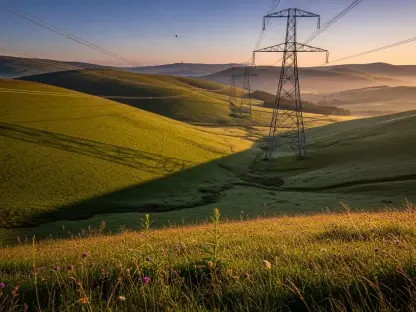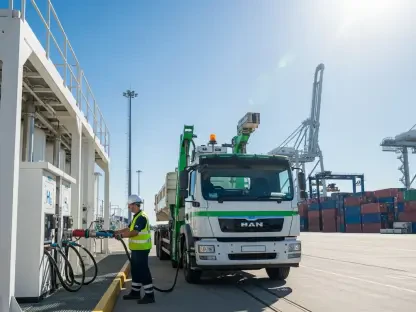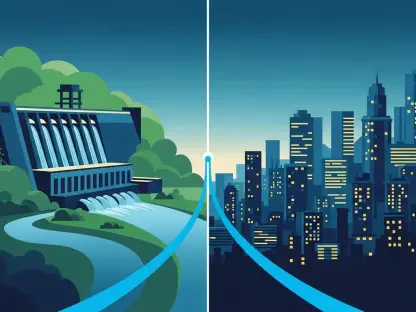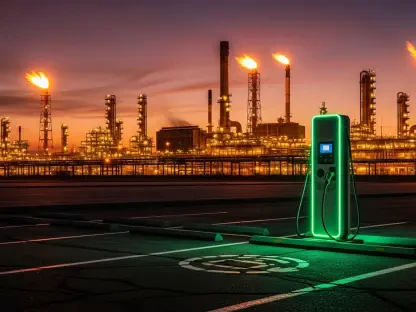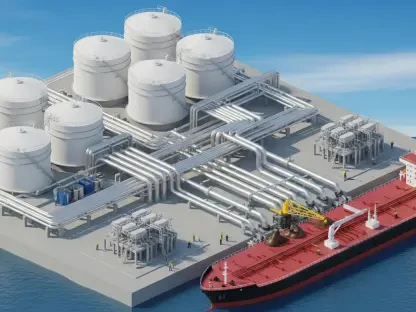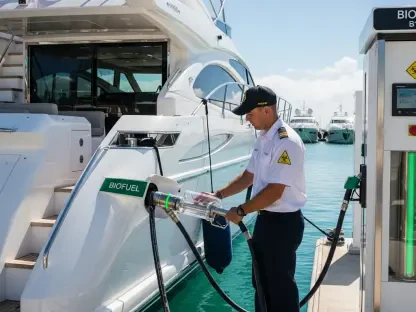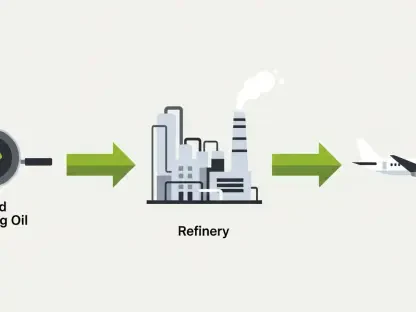In a region where energy resources are both a lifeline and a challenge, the prospect of a groundbreaking collaboration between Peru and Ecuador has sparked significant interest among industry observers, as it could reshape regional energy dynamics. The state-owned oil companies, Petroperu of Peru and Petroecuador of Ecuador, are exploring a pipeline link that could transform the way crude oil is transported across their shared border. This ambitious project aims to connect Ecuadorian oil wells to Peru’s northern infrastructure, specifically targeting the newly expanded Talara refinery with its robust capacity of 95,000 barrels per day. Such a connection promises not only to streamline logistics but also to deepen economic ties between the two nations. While the framework for this agreement is still under development, the potential for cost savings and strategic growth has placed this initiative under a spotlight, raising questions about feasibility amid existing operational hurdles and financial constraints faced by both entities.
Bridging Borders for Energy Efficiency
The core of this proposed collaboration lies in a 60-kilometer pipeline extension through the Amazonian border region, designed to funnel Ecuadorian crude directly into Peru’s northern pipeline system. Petroperu Chairman Alejandro Narvaez has emphasized that a draft agreement, currently being crafted by Peru’s Ministry of Energy and Mines, will define investment commitments and execution plans, though specifics on funding remain undisclosed. For Ecuador, the stakes appear higher, as Petroecuador could significantly reduce the steep costs associated with their current crude transportation methods, potentially bearing a larger share of the investment. This cross-border project hints at a broader trend of regional energy integration, where shared infrastructure could optimize efficiency and lower expenses. Recent trade activity, such as Petroperu’s export of 137,500 barrels of jet fuel to Ecuador from the Talara refinery, underscores an already active commercial relationship that could be further solidified through this initiative.
Navigating Financial and Operational Challenges
Despite the optimism surrounding this pipeline project, significant obstacles loom large, particularly for Petroperu, which faces a complex financial landscape. The company anticipates a substantial loss this year, projecting a deficit of $223 million, though a recovery with a $103 million profit is expected by next year. Compounding these monetary concerns are operational issues with Peru’s 1,100-kilometer northern pipeline, which, while functional, remains unused due to a lack of transport contracts with local producers and frequent disruptions from community conflicts. These logistical and social challenges highlight the risks of implementing new infrastructure in volatile regions. Meanwhile, the absence of a public stance from Petroecuador leaves uncertainty about the alignment of priorities between the two companies. As discussions progress, it becomes clear that overcoming these domestic hurdles is crucial to realizing the vision of a unified energy corridor, balancing strategic ambition with the realities of financial recovery and security concerns.


